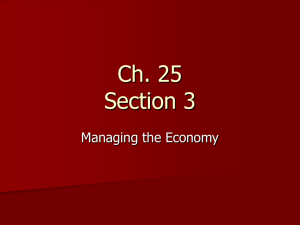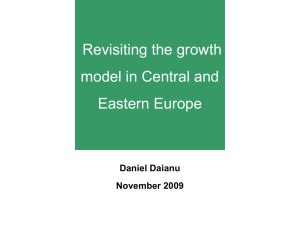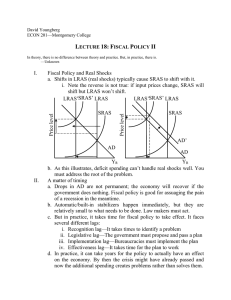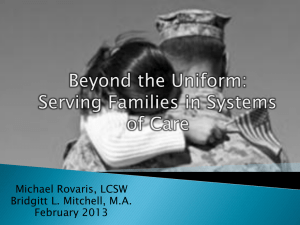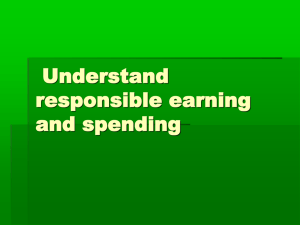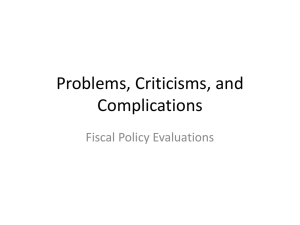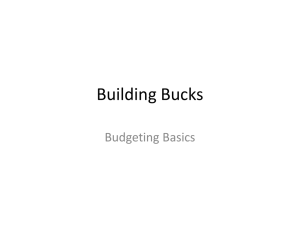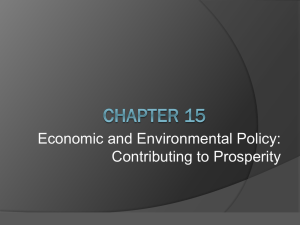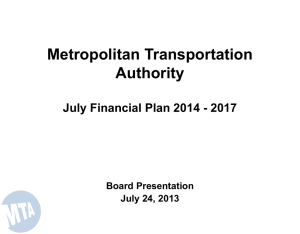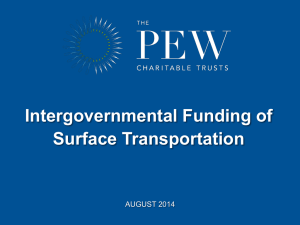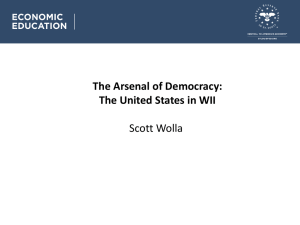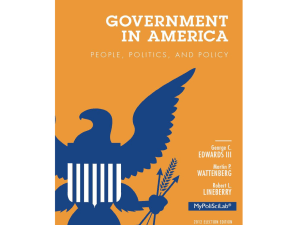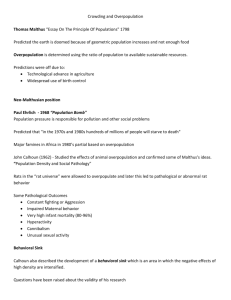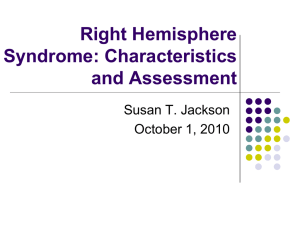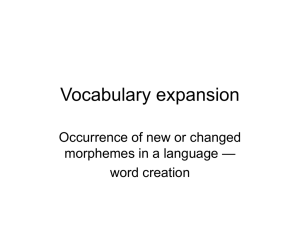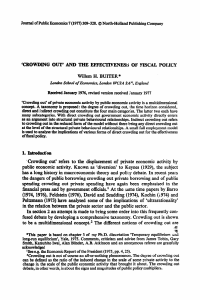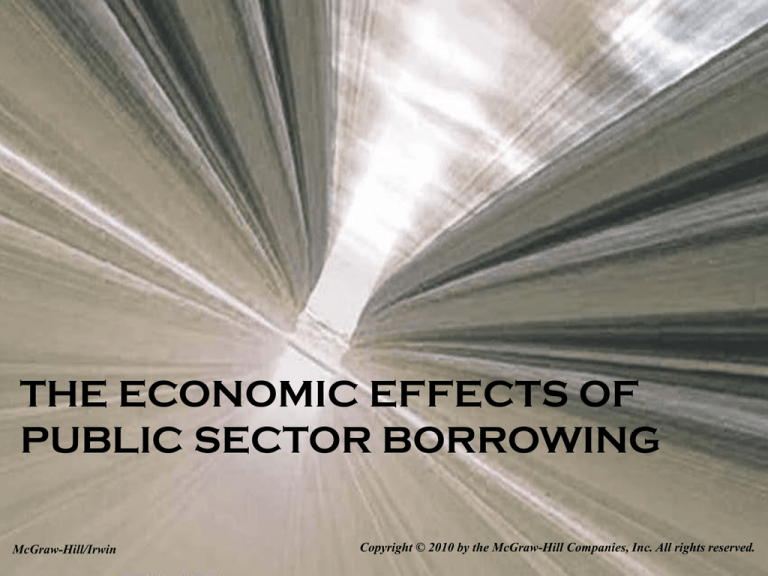
THE ECONOMIC EFFECTS OF
PUBLIC SECTOR BORROWING
McGraw-Hill/Irwin
Copyright © 2010 by the McGraw-Hill Companies, Inc. All rights reserved.
Deficits and Debt
• The core critique of fiscal stimulus focuses on
the budget consequences of government pumppriming
– How do deficits arise?
– What harm, if any, do deficits cause?
– Who will pay off the accumulated national debt?
12-2
Budget Effects of Fiscal Policy
• Keynesian theory highlights the potential of
fiscal policy to solve macro problems
– Fiscal policy: The use of government taxes and
spending to alter macroeconomic outcomes
• Use of the budget to stabilize the economy
implies that federal expenditures and receipts
won’t always be equal
12-3
Budget Surpluses and Deficits
• Deficit spending: The use of borrowed funds
to finance government expenditures that
exceed tax revenues
• Budget deficit: Amount by which government
spending exceeds government revenue in a
given time period
Budget
government
tax
–
0
deficit
spending
revenues
12-4
Budget Surpluses and Deficits
• If the government spends less than its tax
revenues, a budget surplus is created
• Budget surplus: An excess of government
revenues over government expenditures in a
given time period
12-5
Keynesian View
• Budget deficits and surpluses are a routine
feature of counter-cyclical fiscal policy
• The goal of macro policy is not to balance the
budget but to balance the economy at fullemployment
12-6
Economic Effects of Deficits
• Crowding out: A reduction in private-sector
borrowing (and spending) caused by increased
government borrowing
• Crowding out reminds us that there is an
opportunity cost to government spending
• Government borrowing to finance deficits puts
upward pressure on interest rates
12-7
Public-sector output
Crowding Out
g2
g1
b
Increase in
government spending . . .
a
c
Crowds out private spending
h2
h1
Private-sector output
12-8
Economic Effects of Surpluses
• Four potential uses for a budget surplus:
–
–
–
–
Spend it on goods and services
Cut taxes
Increase income transfers
Pay off old debt (“save it”)
• The economic effects are the mirror image of
those for deficits
12-9
Crowding In
• Crowding in: An increase in private-sector
borrowing (and spending) caused by decreased
government borrowing
• When the government reduces borrowing, it
takes pressure off market interest rates
• As interest rates drop, consumers will be more
willing and able to purchase big-ticket items
12-10
Crowding Out Hypothesis
• Real Source (direct) crowding out
• Financial (indirect) crowding out
– Disincentive-to work
– Disincentive-to-invest
• Higher interest rates
• Inflation
12-11


